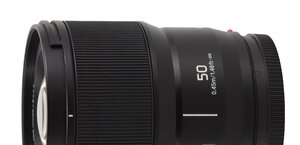Nikon Nikkor AF-S 20 mm f/1.8G ED
8. Vignetting

There is no need to worry here. At the maximum relative aperture the brightness loss in the frame corners reaches a moderate level of 24% (−0.78 EV) and by f/2.0 it amounts to 20% (-0.64 EV). On stopping down to f/2.8 the problem is marginalized completely as the aberration is just 8% (-0.23 EV).
Please Support UsIf you enjoy our reviews and articles, and you want us to continue our work please, support our website by donating through PayPal. The funds are going to be used for paying our editorial team, renting servers, and equipping our testing studio; only that way we will be able to continue providing you interesting content for free. |
- - - - - - - - - - - - - - - - - - - - - - - - - - - - - - - - - - - - - - - - - - - - - - - -
Now let’s have a glance at the crops you get after attaching the Nikkor 1.8/20 to the full frame Nikon D3x.

This time the problems are clearly visible. Applying the maximum relative aperture you have to take into account a light fall-off as big as 49% (-1.92 EV) in the frame corners. By f/2.0 the vignetting still remains distinct, reaching 44% (-1.68 EV). A significant improvement can be seen by f/2.8, where the vignetting decreases to 28% (−0.94 EV). By f/4.0 that aberration becomes less bothersome, getting to 17% (-0.55 EV). Further stopping down makes the vignetting decrease by 2% more.
 |






